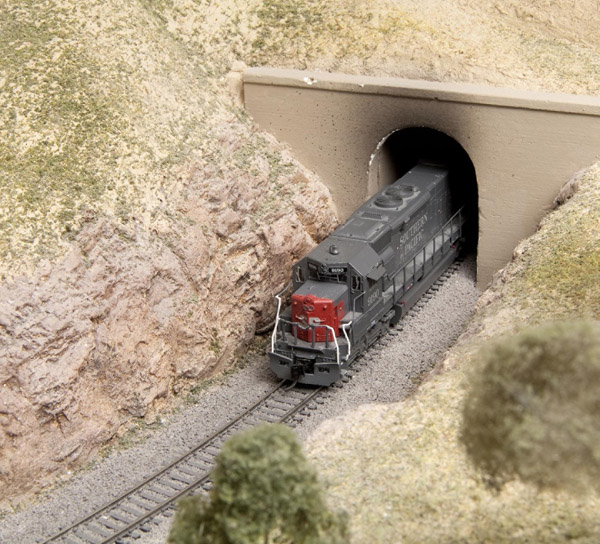
Adventures in code 55 track: I’m now building my fourth layout featuring the Tehachapi Loop, so I call it Tehachapi IV. I’d used Peco code 55 track on Tehachapi III, and liked it very much, so I was planning to use it again. Then I saw Atlas’s new code 55 flextrack and was smitten. The […]
Read More…
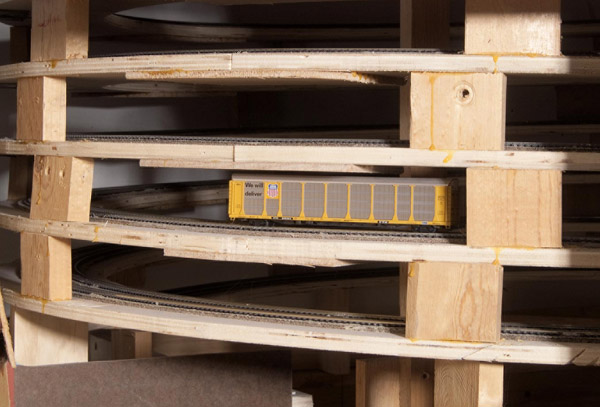
Helixology for N scalers: Never say never. I thought I’d never build a layout with a helix because of a number of well-known disadvantages: Helixes take up a lot of space, so unless you’ve got a large area in which to build, you aren’t gaining much layout. If you have enough space available for a […]
Read More…

Also in this issue: ON TRAINS.COM, pg. 6 The latest features on our website FROM THE EDITOR, pg. 8 Model railroading could save your life NEWS & PRODUCTS, pg. 10 Hobby industry news ASK MR, pg. 14 What goes into modeling a breakfast cereal factory? DCC CURRENTS, pg. 52 Powering turnout motors and frogs PRODUCT REVIEWS, […]
Read More…

A (sort of) successful move: Back in 1995, I wrote a story for the first issue of Model Railroad Planning about Tehachapi III, the N scale Southern Pacific and Santa Fe layout I was building. In that story I told how I built the layout in 13 bolted-together sections supported by easy-to-disassemble L-girder benchwork. The […]
Read More…
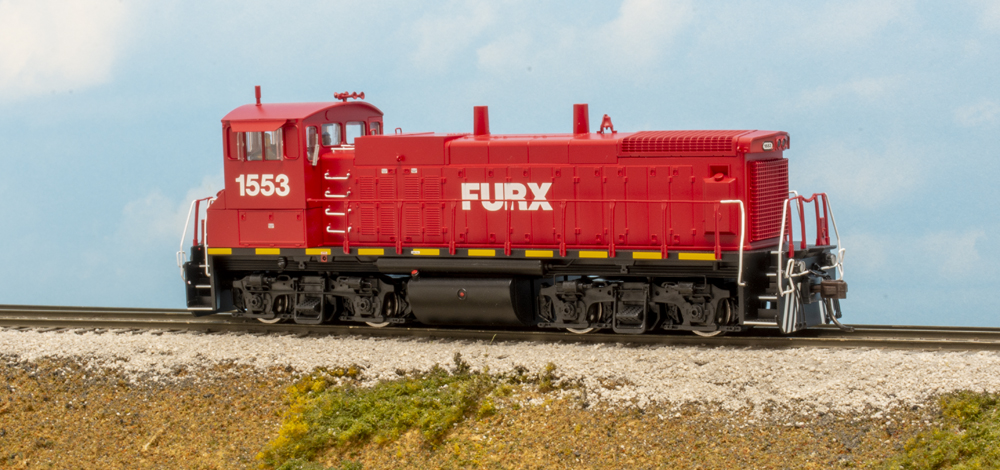
News & Products for the week of March 6th 2023 Model railroad operators and builders can get the latest information about locomotives, freight cars, passenger cars, tools, track, and more by reading Model Railroader’s frequent product updates. The following are the products Model Railroader editors have news on for the week of March 6th 2023. […]
Read More…
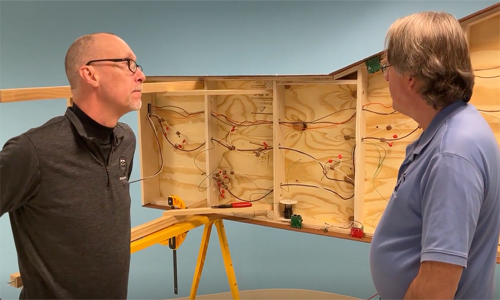
Progress on the new project layout continues as some new electronic components are installed. Eric shows off his assembled car for Ultimate Guide 2023. Steve begins working on structures for the project layout. Cody reveals some new MR&T cars and unboxes a new kit. David announces an exiting new video series, coming soon to Trains.com […]
Read More…
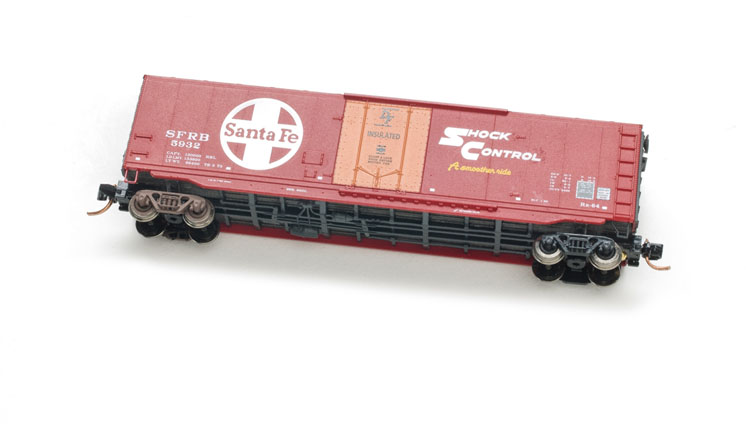
Improve ready-to-run freight cars: A few weeks ago I bought an N scale freight car at my local hobby shop. The car was a bright yellow Milwaukee Road covered hopper by Trainworx, and besides the marvelous detail, it had two other features I’ve come to look for on cars: metal wheels and body-mounted Magne-Matic couplers. […]
Read More…
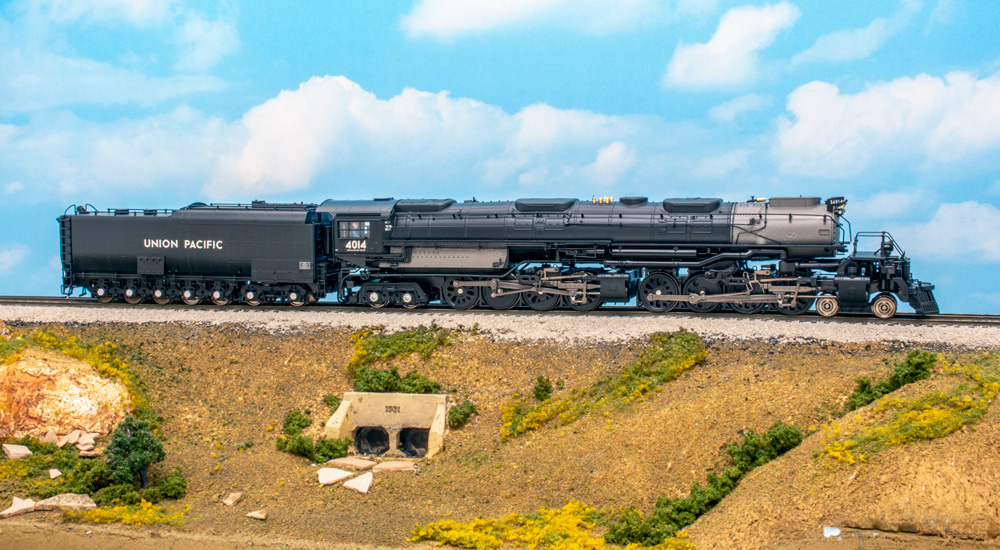
If you’ve ever tried to run a big locomotive around a small radius curve of track, you probably realized that the minimum recommended track radius is still too small for a lot of rolling stock. Long-wheelbase steam locomotives, in particular, have trouble staying on the rails when the curve is too sharp. Model railroad manufacturers […]
Read More…
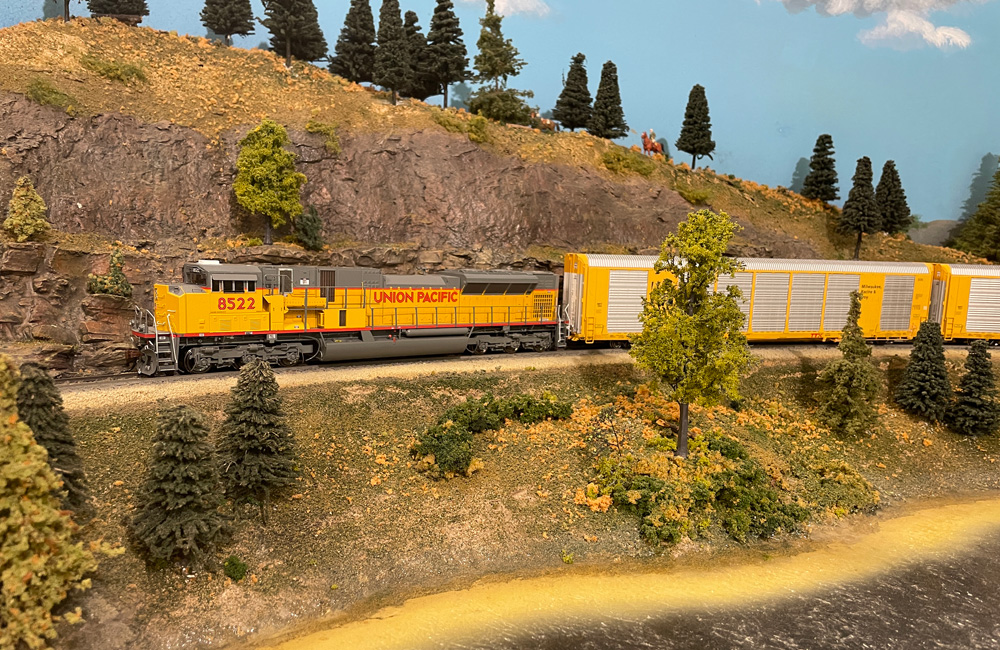
Q: I want to run six-axle power and trains of 15 cars or so around a return loop without any tight curves to it. What would be the recommended curve radius I should use, and how much space for a loop of track do I need? – Mike Bailey A: The flippant answer is, how […]
Read More…
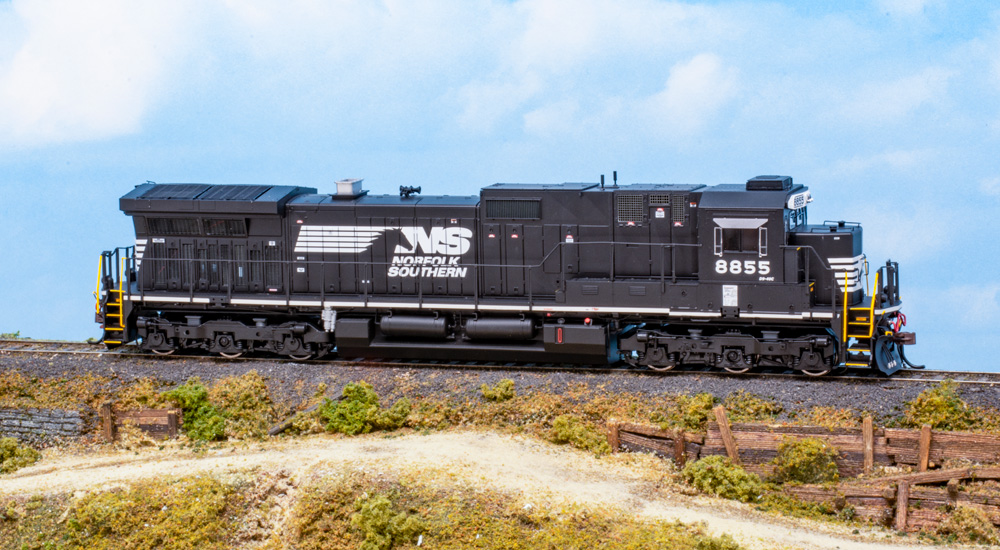
Q: Interesting article on removing the flanges from steam locomotive drivers. So, what about those long diesel engines like the General Electric C44-9W or EMD’s FP45s or SD40? Could removing flanges from diesel wheels help my HO scale Athearn Blue Box diesels go around 19” radius curves? If so, the question becomes what’s the easiest way […]
Read More…
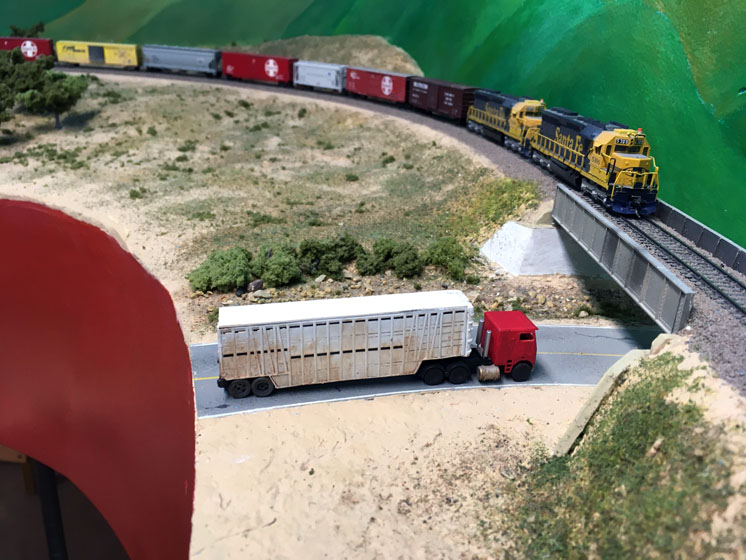
A signature N scale truck for Tehachapi: This photo of a cattle truck at Caliente, Calif., existed in my mind for perhaps 10 years before it finally came to fruition, and it was spurred by buying a Road Apples N scale stock trailer kit. The kit had two things going for it. First, I thought […]
Read More…
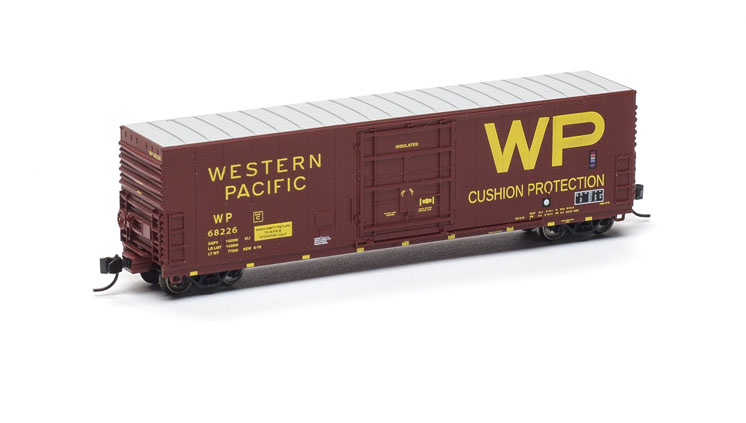
N scale by the numbers: Scale model railroading couldn’t exist without numbers, some that are very important and some that are not important at all, but fun to play around with. This article is for those who model in N scale, so let’s look at N scale numbers, starting with the two most critical, 9mm […]
Read More…












